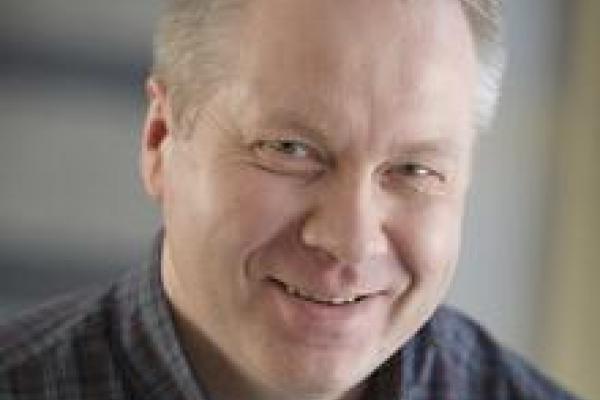
Weyl semi-metal may be thought of as a gapless topological phase protected by the chiral anomaly, where
the symmetries involved in the anomaly are the U(1) charge conservation and the crystal translational symmetry. The absence of a band gap in a weakly-interacting Weyl semi-metal is mandated by the electronic structure topology and is guaranteed as long as the symmetries and the anomaly are intact. The nontrivial topology also manifests in the Fermi arc surface states and topological response, in particular taking the form of an anomalous Hall effect in magnetic Weyl semi-metals, whose magnitude is only determined by the location of the Weyl nodes in the Brillouin zone. I will describe the situation when the interactions are not weak and ask whether it is possible to open a gap in a magnetic Weyl semi-metal while preserving its nontrivial electronic structure topology along with the translational and the charge conservation symmetries. Surprisingly, the answer turns out to be yes. The resulting topologically ordered state provides a nontrivial realization of the fractional quantum Hall effect in three spatial dimensions in the absence of an external magnetic field, which cannot be viewed as a stack of two dimensional states. This state contains loop excitations with nontrivial braiding statistics when linked with lattice dislocations.
